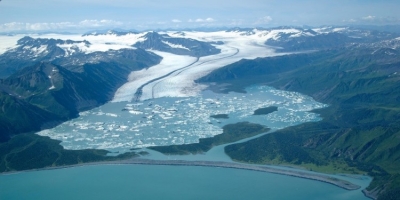
New Delhi, March 29 (IANS) Observing the recent spike in incidents of mountainous hazards and disasters including glacial lake outburst flood, landslide lake outburst flood, snow avalanches, cloud bursts and landslides, underlining the paramount importance of having a robust early warning system, a Parliamentary standing committee on Water Resources has recommended the Department to take initiative for evolving a multi-hazard risk assessment approach.
“The Department, in consultation with other government agencies like NDMA, India Meteorological Department and respective state governments, particularly the state government of Uttarakhand should establish a Multi-Hazard Early Warning System coupled with real-time coordinated mechanism under the aegis of a single nodal agency for regular monitoring and issuing of hazards and disasters warnings to all stakeholders in respect of potential mountainous hazards,” said the panel in its report on the subject “Glacier Management in the Country – Monitoring of Glaciers/Lakes including Glacial Lake Outbursts leading to Flash-floods in the Himalayan Region”.
Having noted the threats posed by the melting of glaciers, both large as well as small, which are more vulnerable to climate change, the Committee recommended the Department of Water Resources, River Development & Ganga Rejuvenation to take the necessary steps to bring smaller water bodies/glacial lakes also under their purview for monitoring not only during monsoon period but throughout the year.
Noting that Himalayan glaciers and glacial lakes are not being monitored or observed on a scale on which they should have been due to their remote location and difficulty in accessing them, the Committee urged upon the Department to make concerted efforts to set up a network of high altitude meteorological and discharge stations covering more glaciers and watersheds in the Himalayan region.
While noting the various constraints and problems in sharing of glaciological research data even at the national level, especially the high-resolution data because they need specific permission from concerned authorities before their use, the Committee recommended the Department to take up this issue with the concerned Ministries or Department or agencies and set up a common data sharing platform under the aegis of a single nodal agency so as to enable seamless exchange of data by various researchers and stakeholders.
Taking note of plethora of ministries, departments or institutions with different mandates for dealing with Himalayan glaciers, the Committee urged upon the Department of Water Resources, River Development & Ganga Rejuvenation to play a lead role in setting up the overarching apex body for glacier management.
–IANS
kvm/pgh










